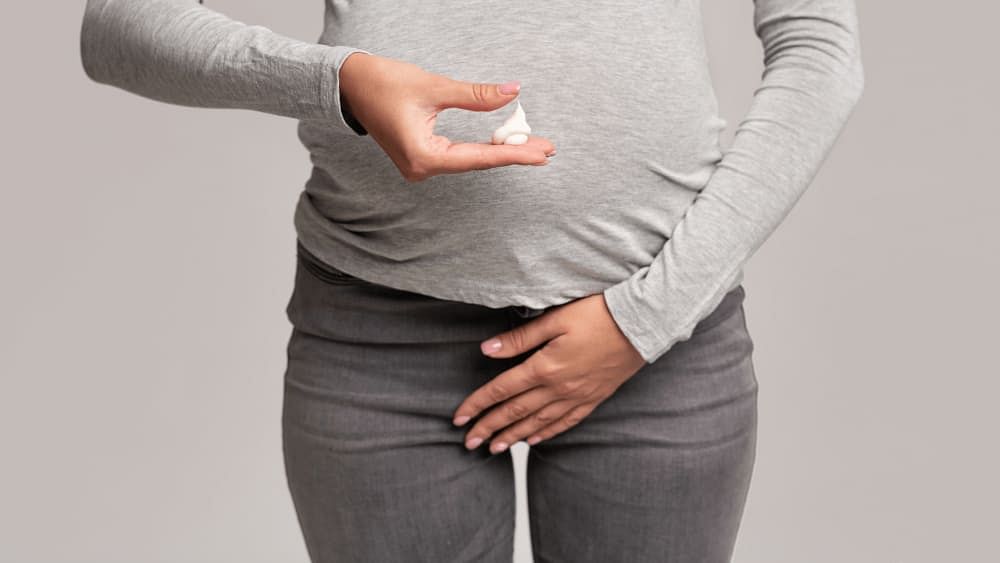Vaginal Tightening
Before we move ahead, let's first understand a tad about the concept of vaginal tightness.
The vagina is a stretchable organ and returns to its standard shape after pregnancy or delivery. While childbirth and aging may weaken your vaginal walls, this is perfectly normal.
Besides, in India, the concept of vaginal tightness is associated with virginity. And a loose vagina may be considered as someone who has had a lot of sex. But this is just a myth. Penetration cannot cause a vagina to loosen permanently.
Besides, the thought of something being unused merely makes women a possession, and this belief shouldn't be encouraged.
Despite this, women may aspire to have tight vaginas as they believe it will boost their sexual pleasure. Similar reasons for why women may indulge in a heightened sexual experience by indulging in vaginal whitening and removing blackness of private parts.
In this context, let's understand more about vaginal tightening.
What is Vaginal Tightening?
Vaginal tightening involves tightening of your pelvic muscles, which enhances the elasticity of muscles, promoting tightness.
Your vaginal wall may lose elasticity as you age, resulting in urinary incontinence, vaginal dryness, and pain during intercourse.
Women can indulge in self sex and learn how to use a vibrator to enhance sexual experience as well.
Moreover, various treatment approaches may help in tightening, which may have the following benefits:
- Manage stress urinary incontinence.
- Improve vaginal laxity.
- Some options may improve lubrication.
- Some options can help reduce vaginal dryness.
Also read: How to remove vaginal odour?
Methods to Make Vagina Tight
Here is how to make the vagina tight.
Treatment options may be divided into the following three types:
- Pelvic exercises
- Non-invasive options, including creams and laser
- Surgery
Pelvic Exercises
They are an excellent option for strengthening your pelvic floor muscles. They are part of the core muscles and support your small intestine, uterus, bladder, and rectum.
Two crucial exercises that may help are:
#1 Kegel exercise
Before starting this exercise, you need to locate your pelvic floor muscles. To find them, stop urinating during the midstream. The muscles required to do so are the muscles in concern.
Once you locate them, here are the steps:
- You can do this exercise in various positions, but many females prefer doing them while lying on their back
- Contract your pelvic floor muscles and hold them in place for five seconds. Now, relax for five seconds
- Repeat the previous step five times
For optimal results, do three sets of this exercise about five to seven times a day.
#2 Pelvic tilt exercises
Here are the steps:
- Stand against a wall (buttocks and shoulder facing the wall) and keep knees loose and soft
- Now, pull your navel towards the spine. Your back should now be flattened against the wall
- Tighten your belly button for four seconds and then release
You can do ten sets five times a day.
Also read: Effective and easy yoga poses to fight UTI
Home Remedies
In addition to exercises, the mentioned home remedies may help:
- Vaginal cones: They offer resistance, improving the strength of pelvic floor muscles. They are bulbous, tampon-sized objects that squeeze vaginal muscles to hold them in place. You can wear vaginal cones for a few minutes several times a day.
- Herbal remedies: Diluted aloe vera gel in water can be used as a vaginal wash. It is astringent, which may help to restore vaginal tightness. Soaking in a vinegar bath may also aid in vaginal tightening.
Laser treatment
These are non-invasive procedures using energy delivered through a probe introduced into the vagina to heal tissues gently.
Doing so causes micro-tears in the vaginal walls. These painless tears trigger your body to produce elastin fibres and collagen, restoring the elasticity and strength of vaginal walls and improving the lubrication.
While this procedure works, it does not really tighten the muscles. It can enhance the strength, elasticity, and lubrication of vaginal walls.
Side effects may include fever, bleeding, infection, watery discharge, and pain.
Gels, creams, and pills
Vaginal creams, gels, and pills usually focus on tightening the walls. But they cannot help manage symptoms of associated problems such as urinary incontinence.
On the other hand, vagina tightening medicines are proven to work and are available via prescription.
The risk may include allergy at the site of application of vagina tightening creams and gels and general allergic reaction to pills. If you want to know how to use tightening cream, follow the steps mentioned below:
1) Wash your hands well before you use the cream
2) Take one entire pump-sized amount of the vaginal tightening cream onto your finger
3) Insert carefully into your vagina and gently massage your vaginal walls
Surgery
Surgery or vaginoplasty can repair trauma to vaginal walls due to childbirth.
An elective vaginoplasty is a procedure for females wanting a narrow vagina and thus restoring vaginal tightness.
Some risks of the procedure include:
- Loss of sensation
- Infection
- Skin necrosis or death
- Scarring
- Bleeding
Vaginoplasty results in a tighter vaginal canal, improving symptoms of stress incontinence. It may also enhance sexual satisfaction. Self-sex is also a great way to get in touch with your body without a partner.
How to Tighten Vaginal Walls
Increased sexual activity is considered to be a reason for the loosening of vaginal muscles. However, this is a myth.
Vaginal walls may become loose after delivery or as you age. If this causes problems or you are losing confidence, many approaches are available. People mainly opt for vaginal creams and gels to tighten the vagina. However, they may not be effective for everyone.
Laser therapy and pelvic floor exercise offer beneficial effects and manage symptoms such as incontinence. They improve the elasticity and strength of pelvic floor muscles, offering a feeling of tightness.
Also read: 15 easy home remedies for vaginal itch
References
Damir Franić, Ivan Fistonić, 2019. Laser Therapy in the Treatment of Female Urinary Incontinence and Genitourinary Syndrome of Menopause: An Update. (BioMed Research International) https://www.hindawi.com/journals/bmri/2019/1576359/
Sejal A. Desai MD, George Kroumpouzos, 2019. Vaginal rejuvenation: From scalpel to wands. (US National Library of Medicine) https://www.ncbi.nlm.nih.gov/pmc/articles/PMC6451893/
Parvin Abedi, Safieh Jamali, 2014. Effectiveness of selective vaginal tightening on sexual function among reproductive aged women in Iran with vaginal laxity: a quasi-experimental study. (National Library of Medicine) https://pubmed.ncbi.nlm.nih.gov/24118497/












